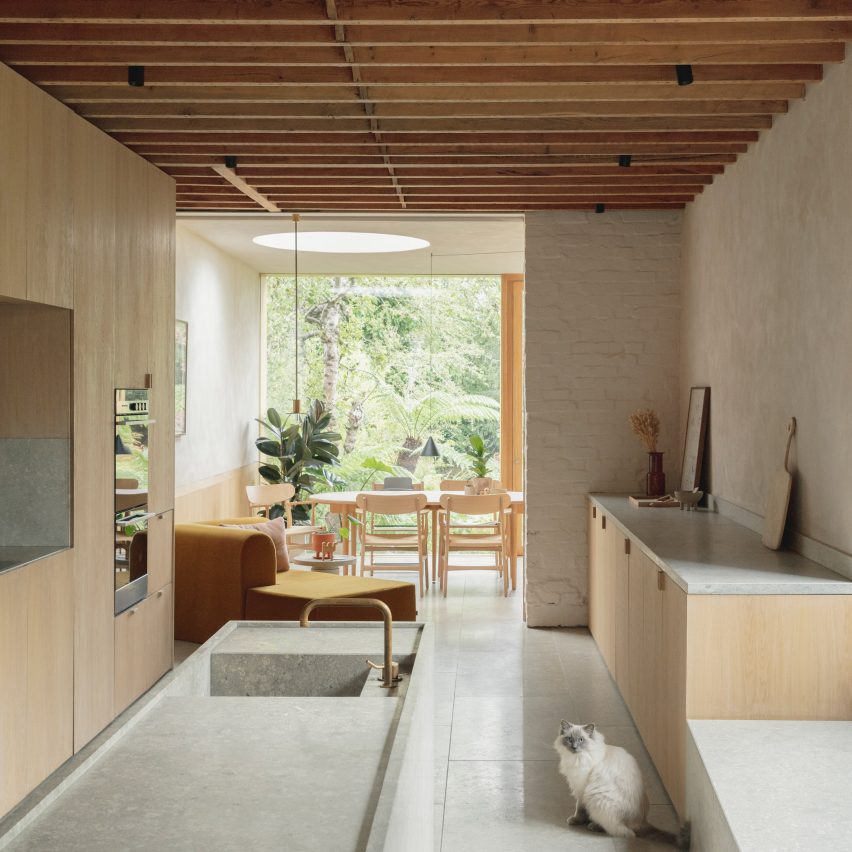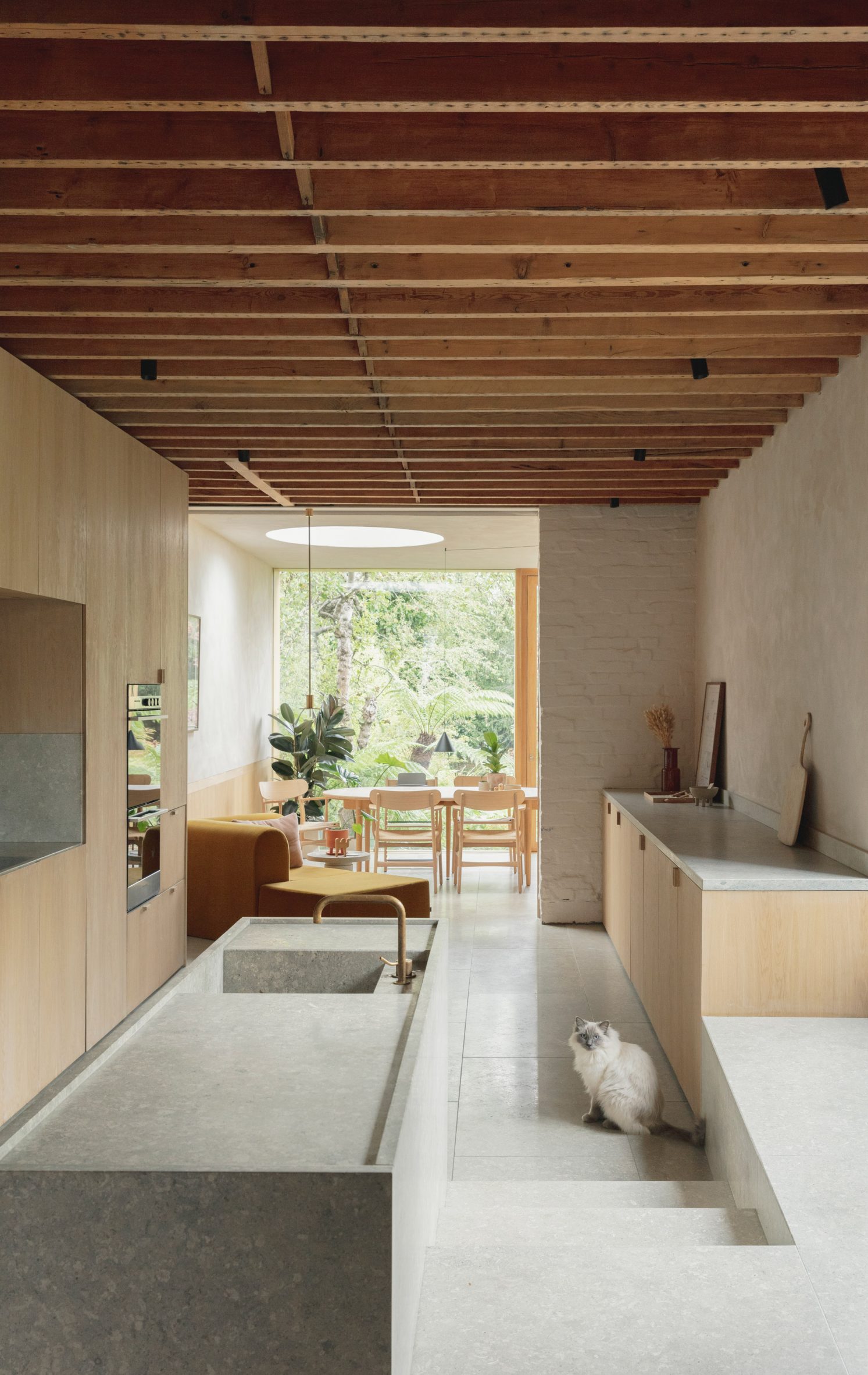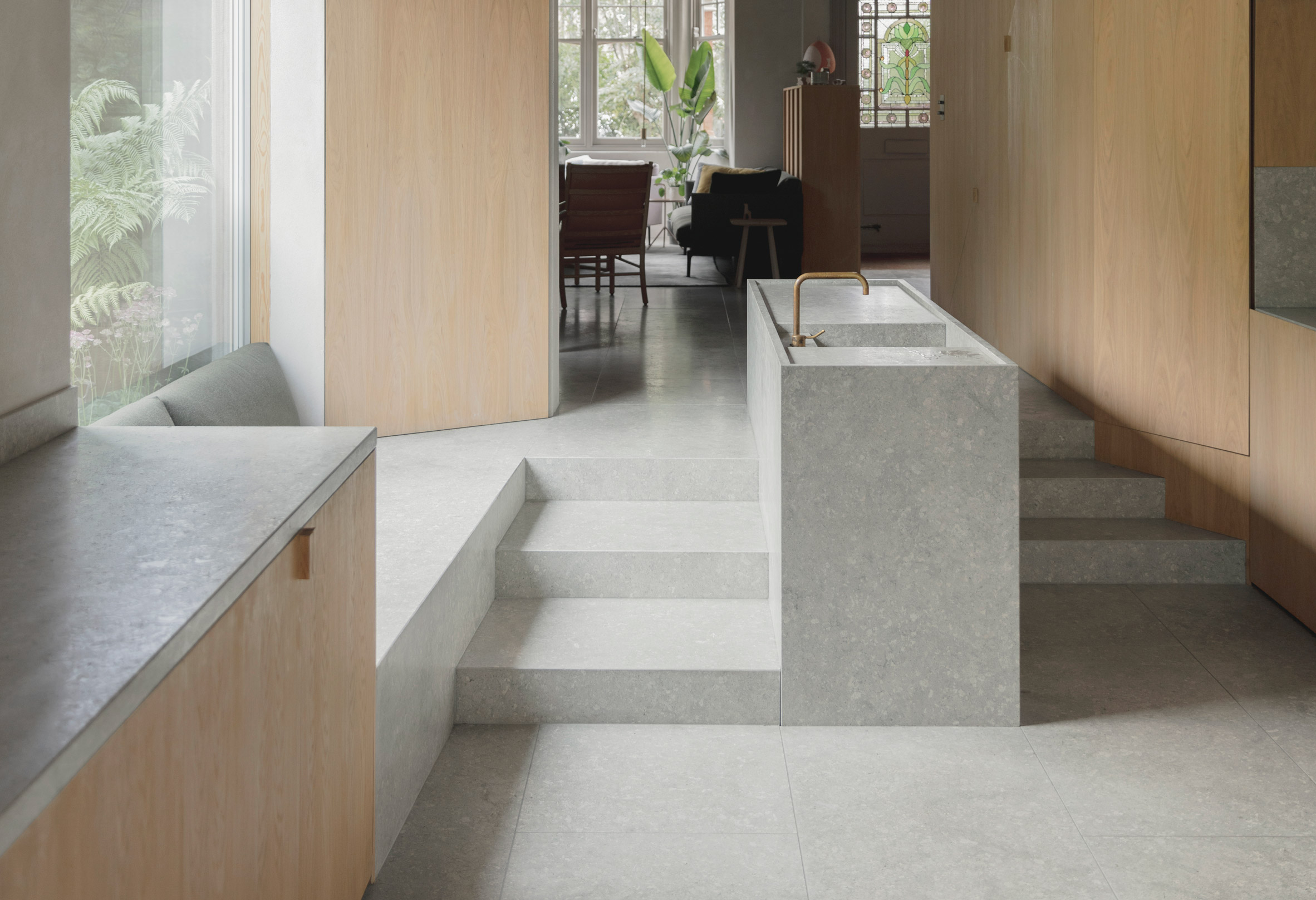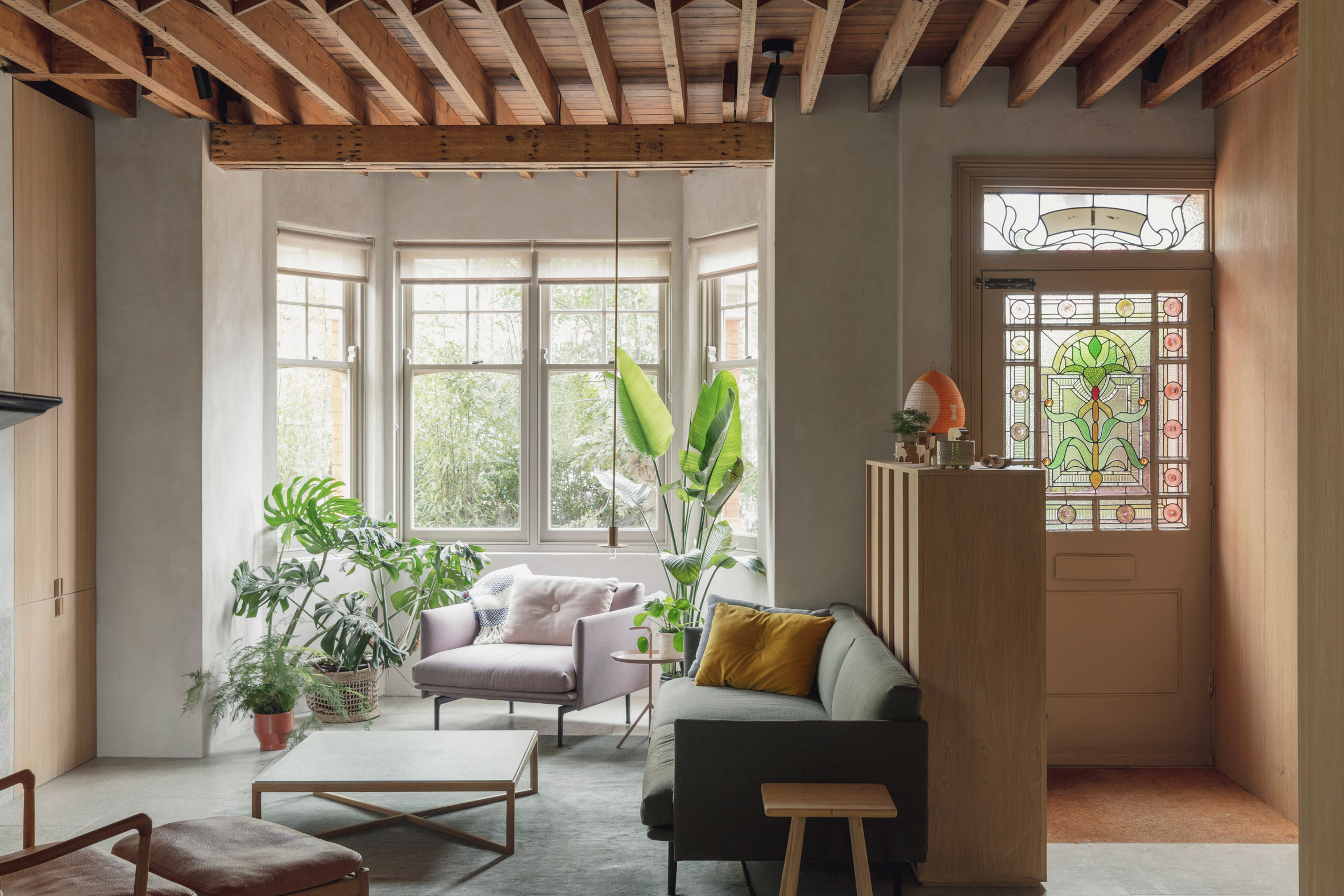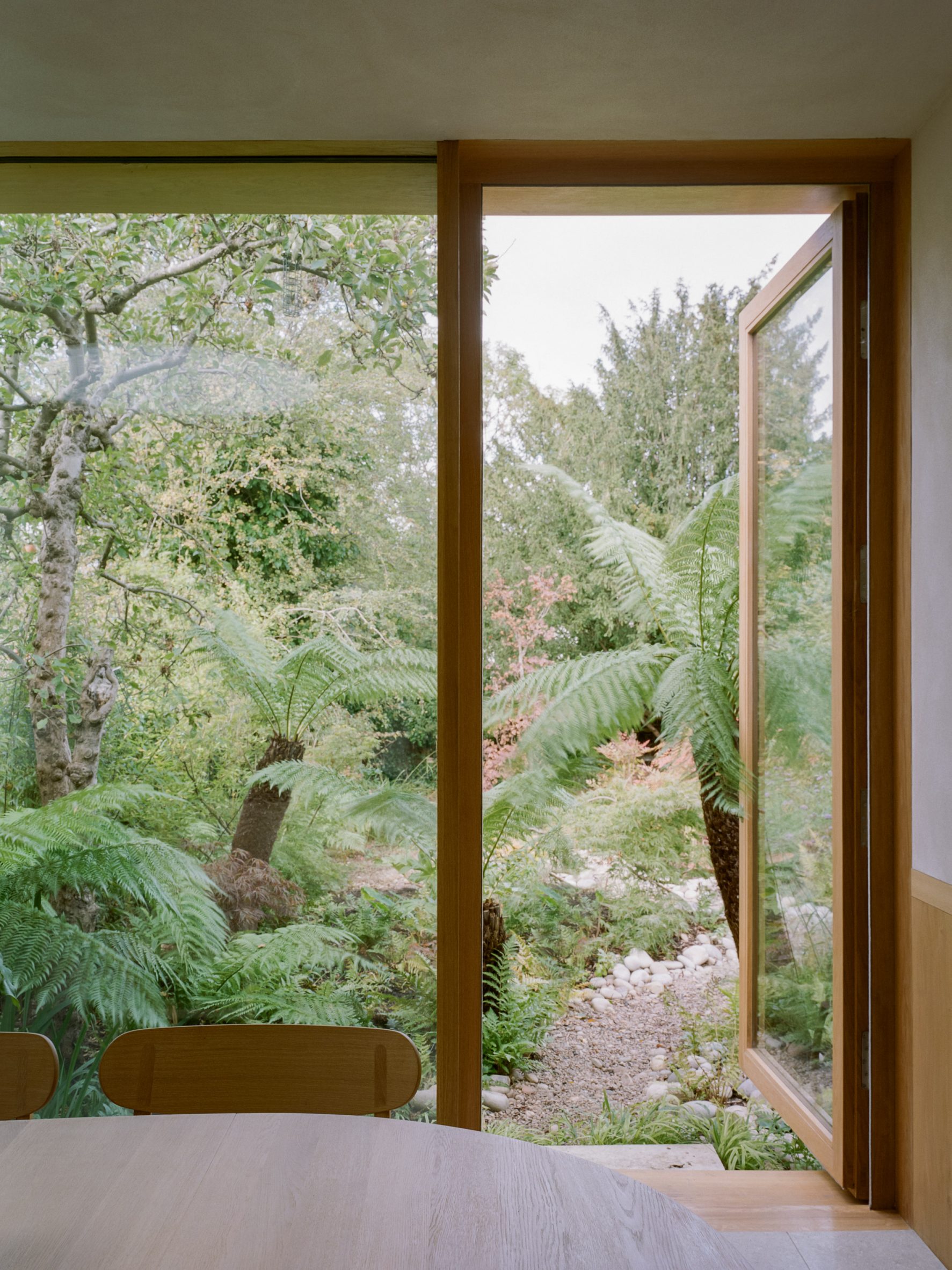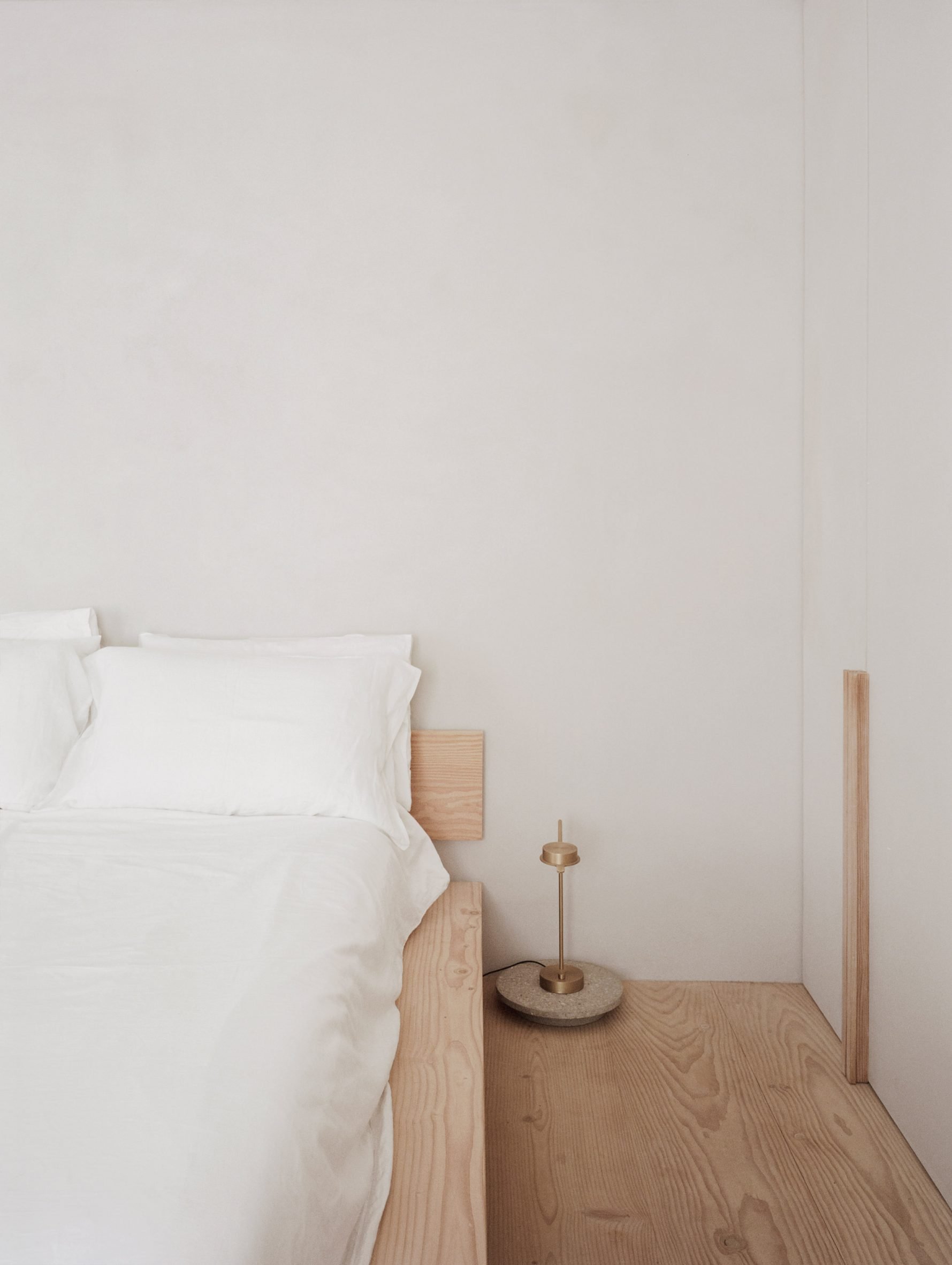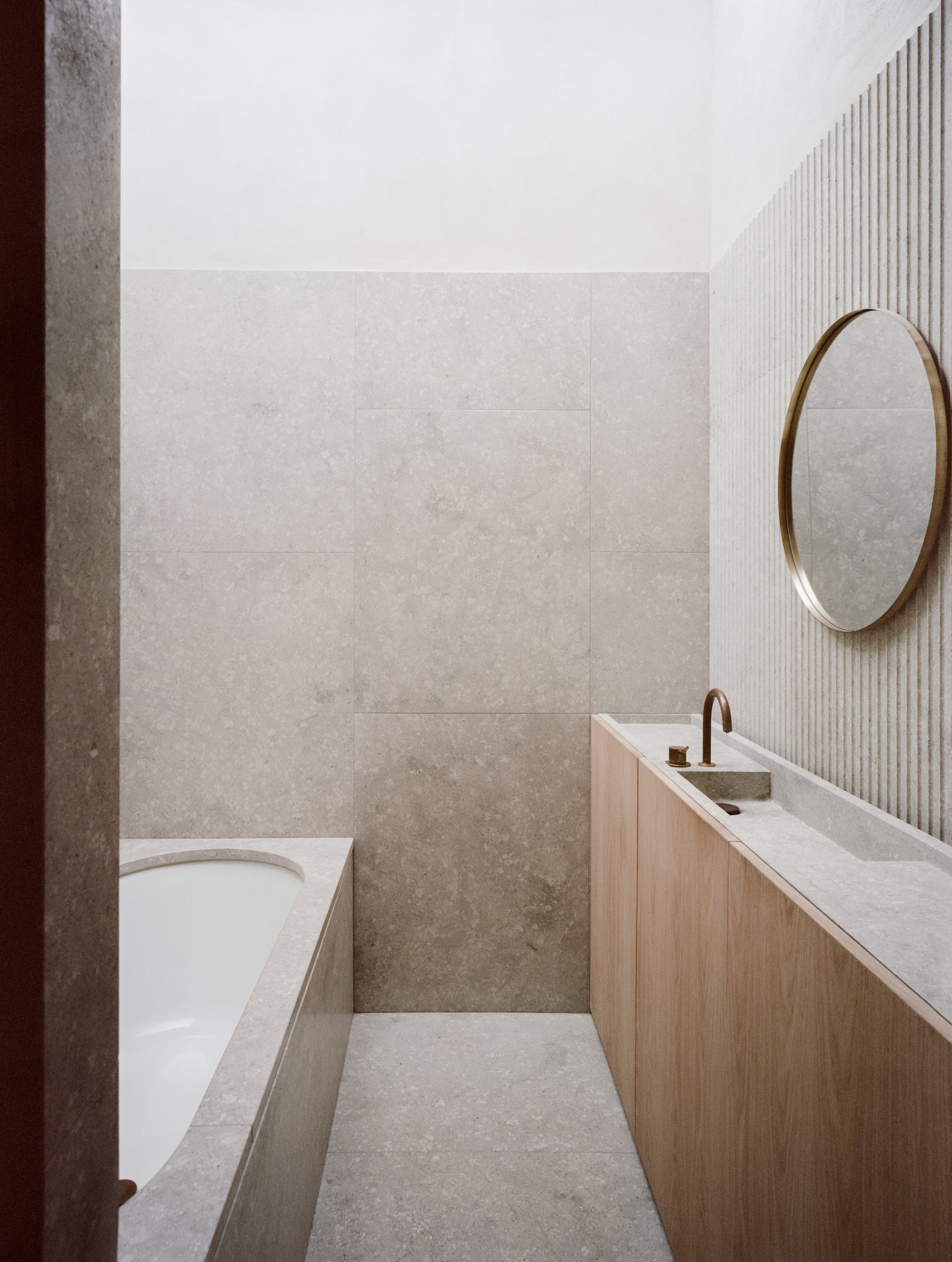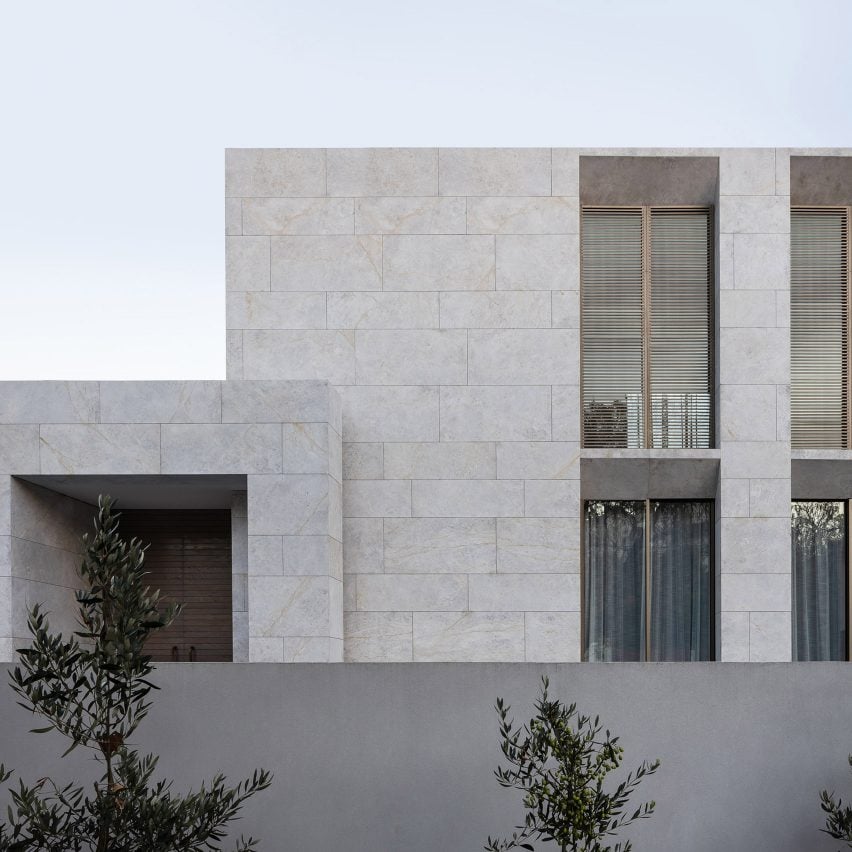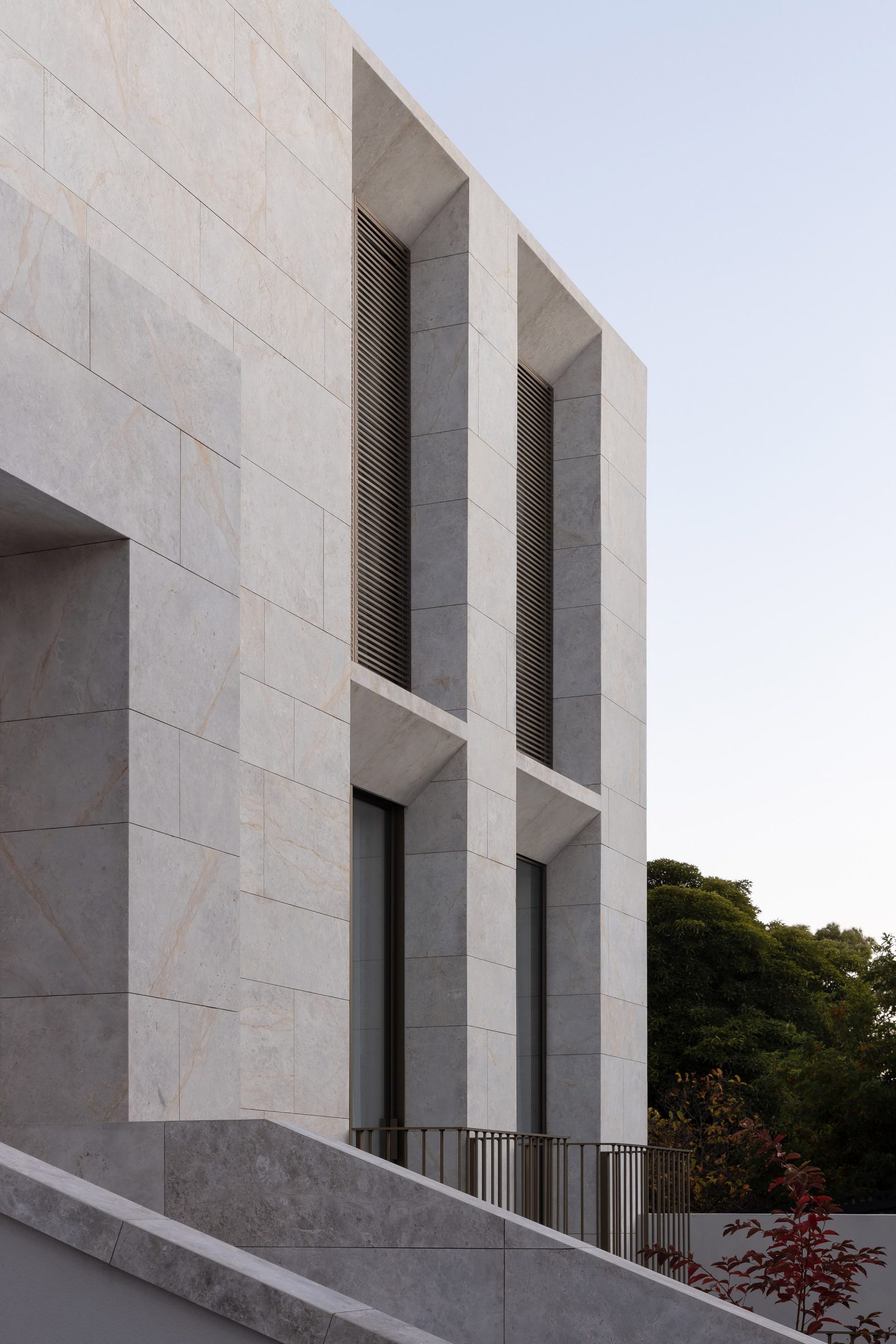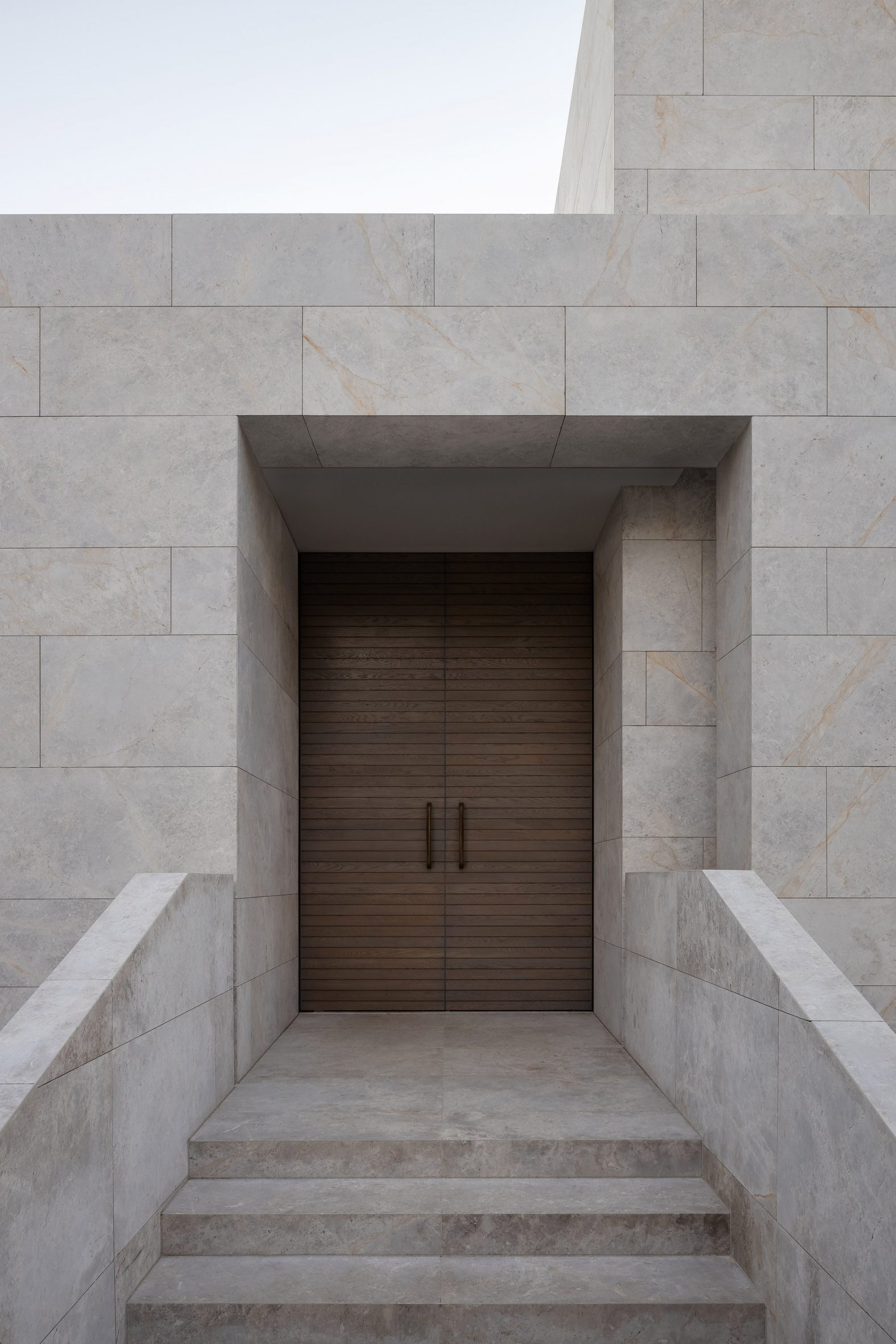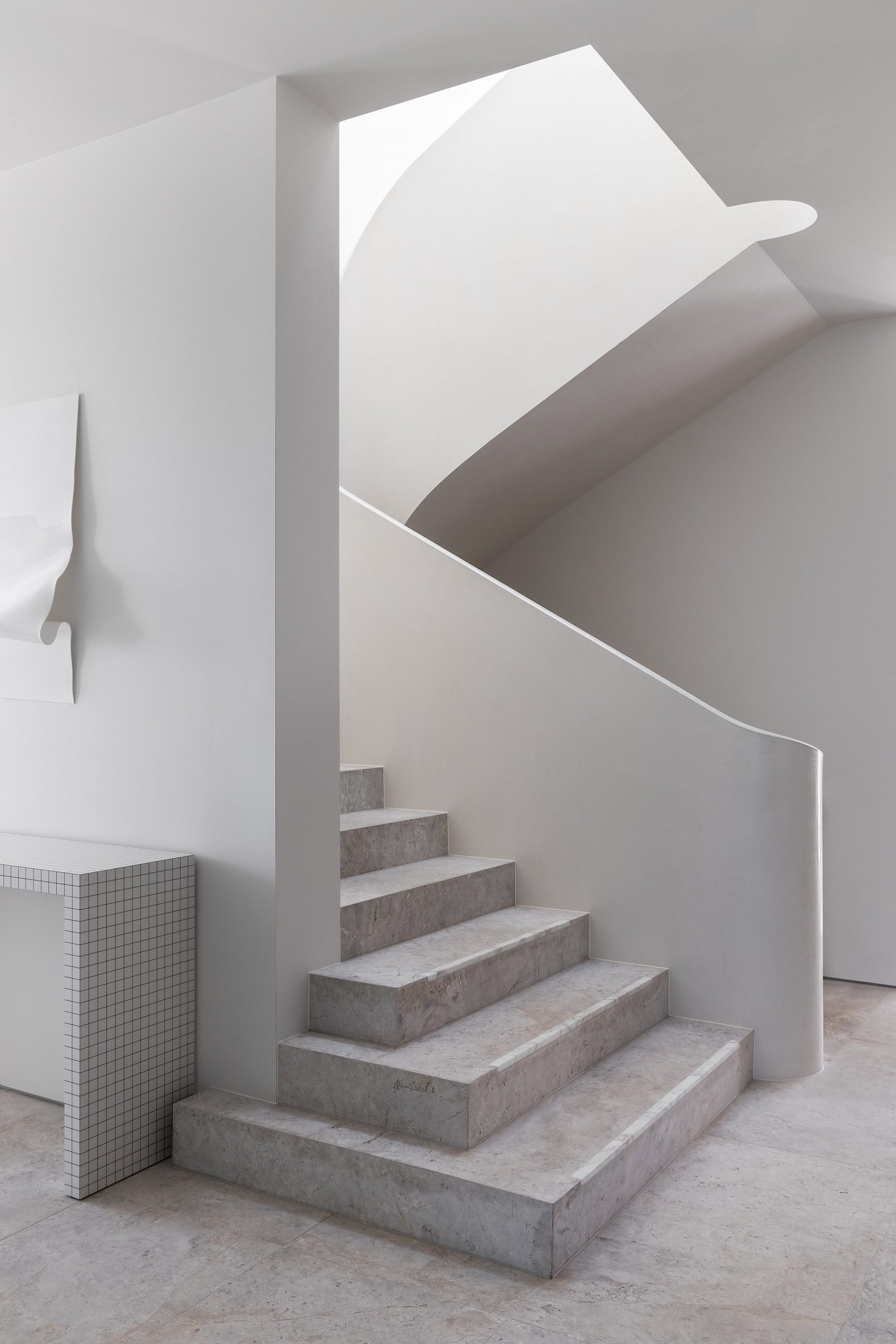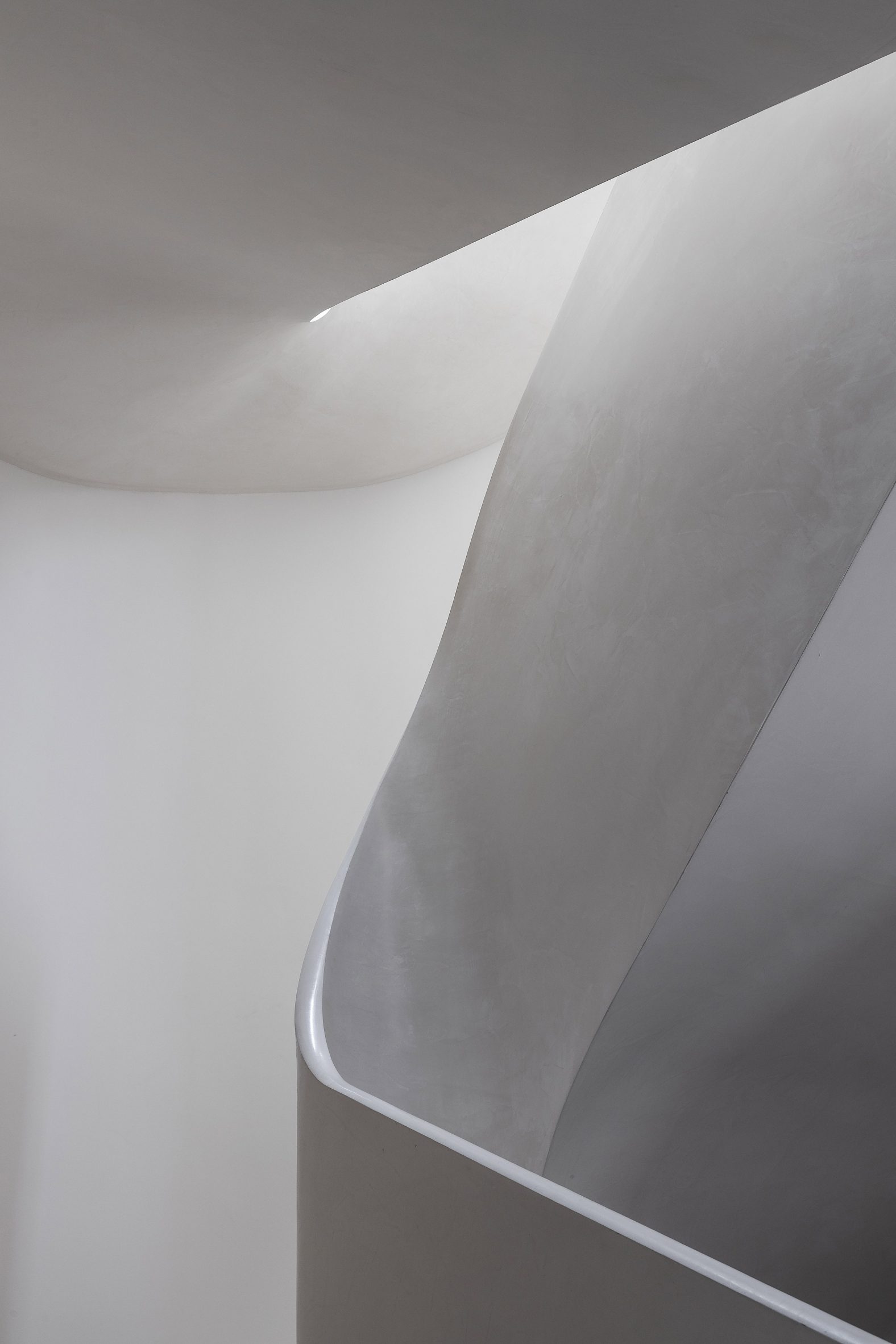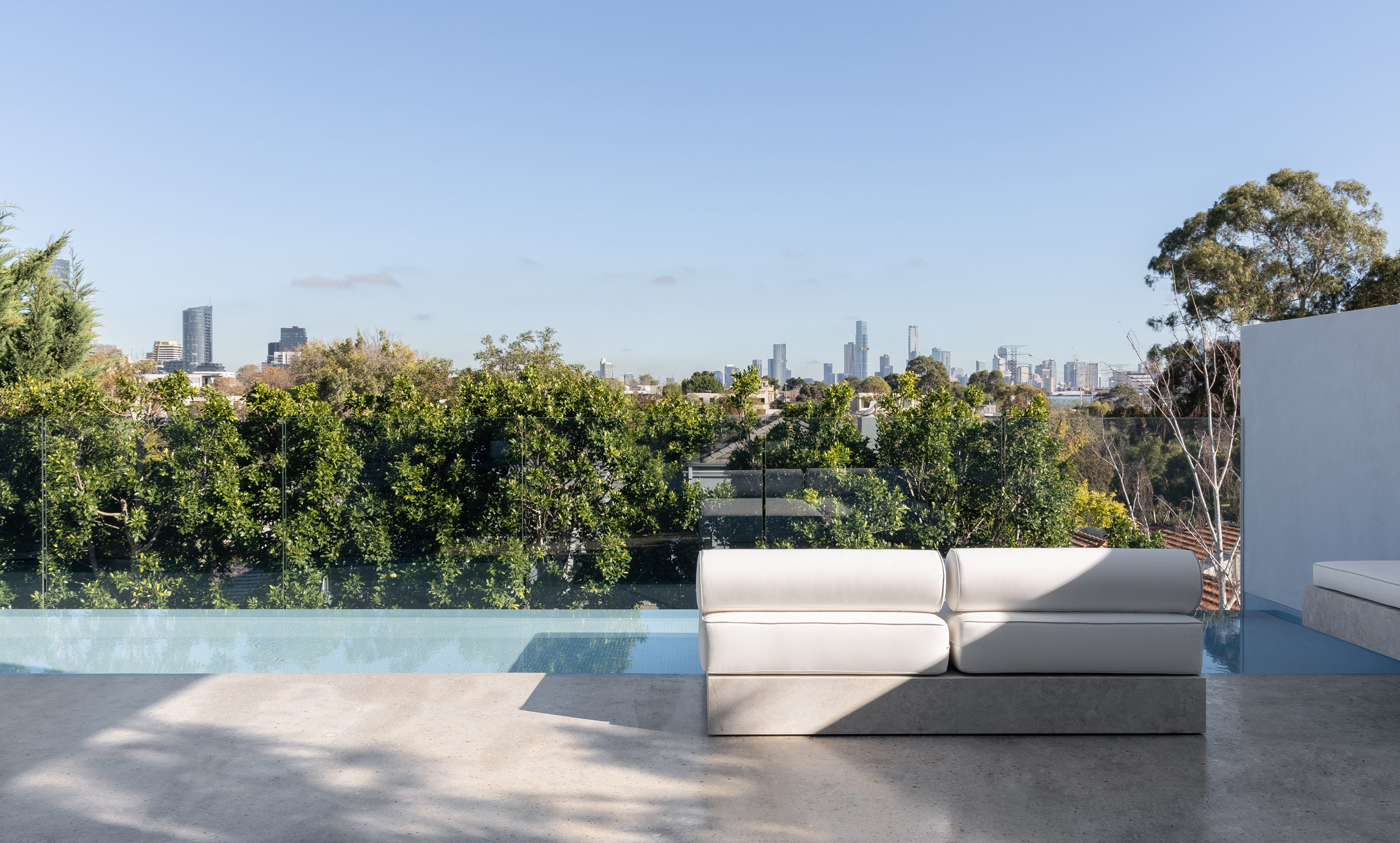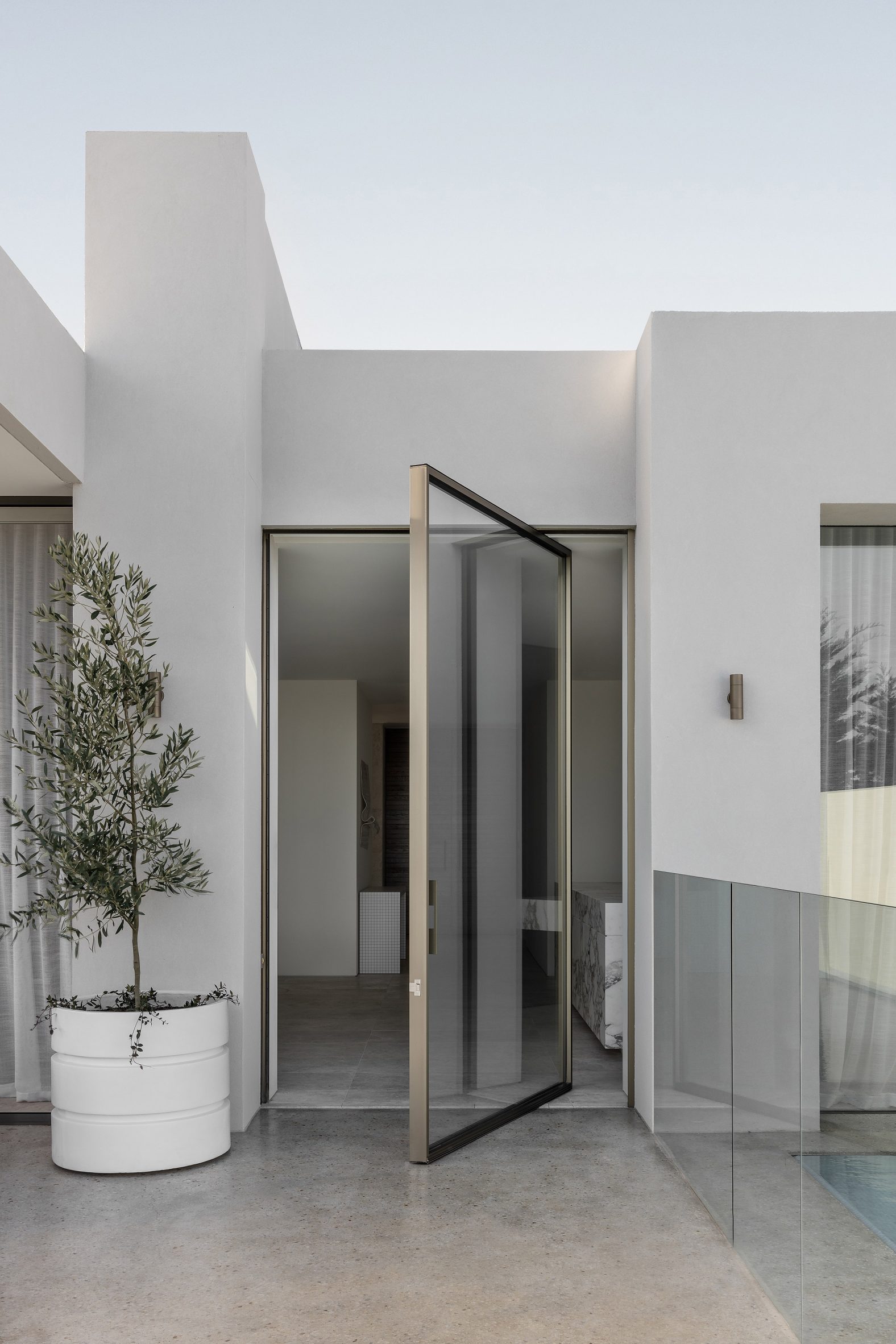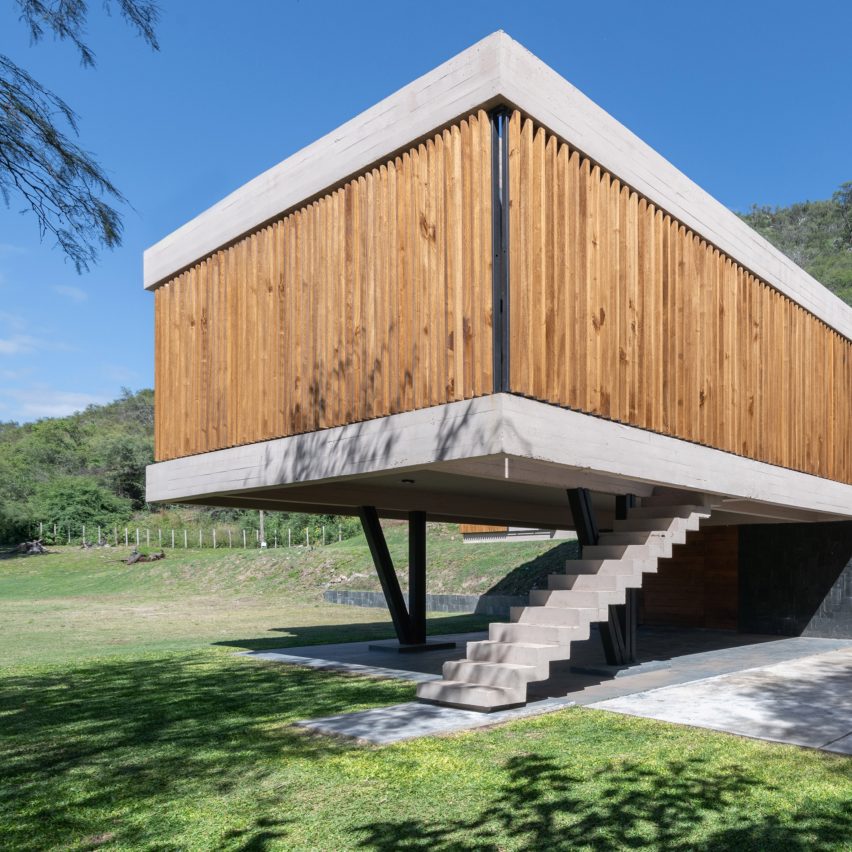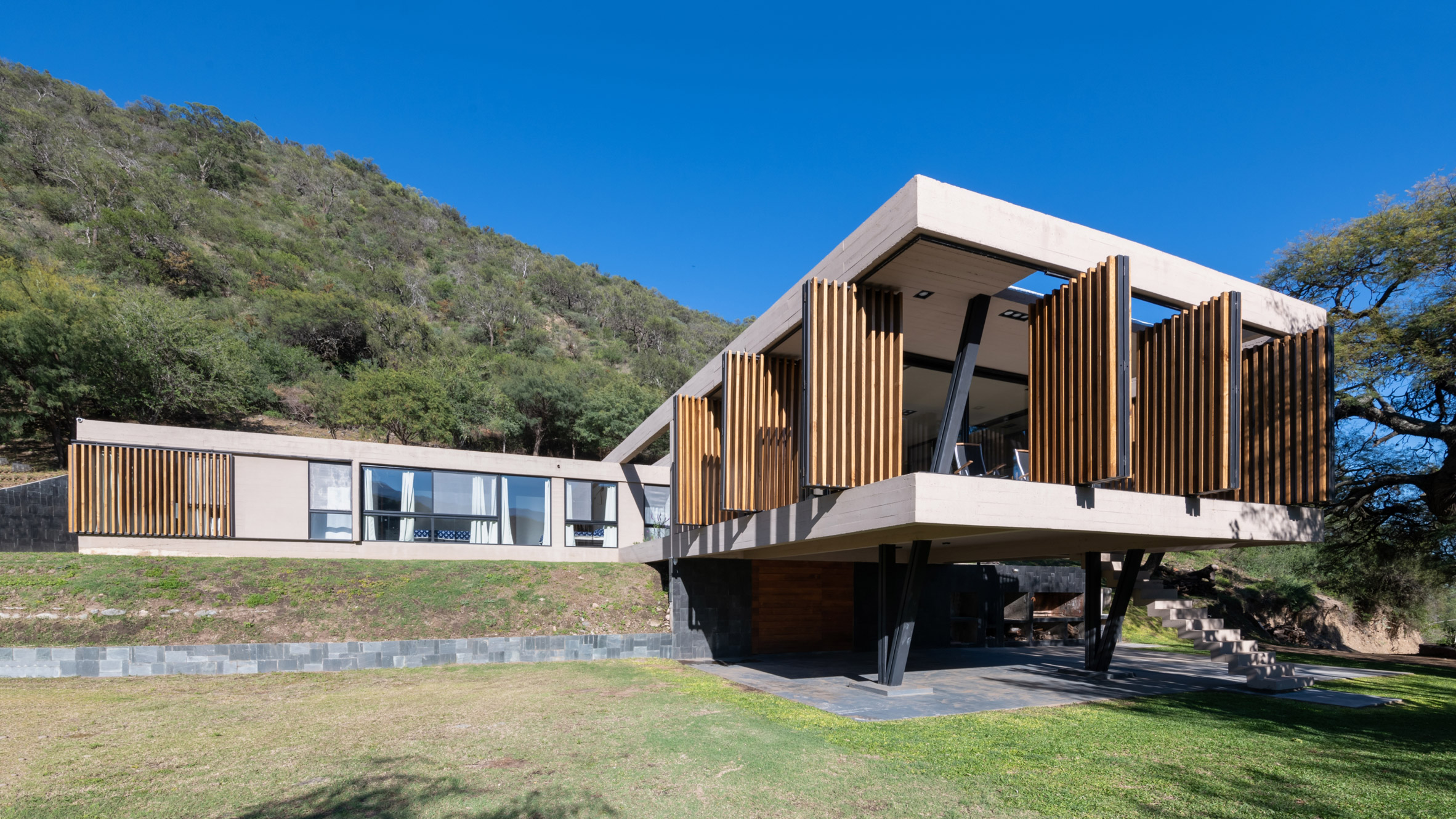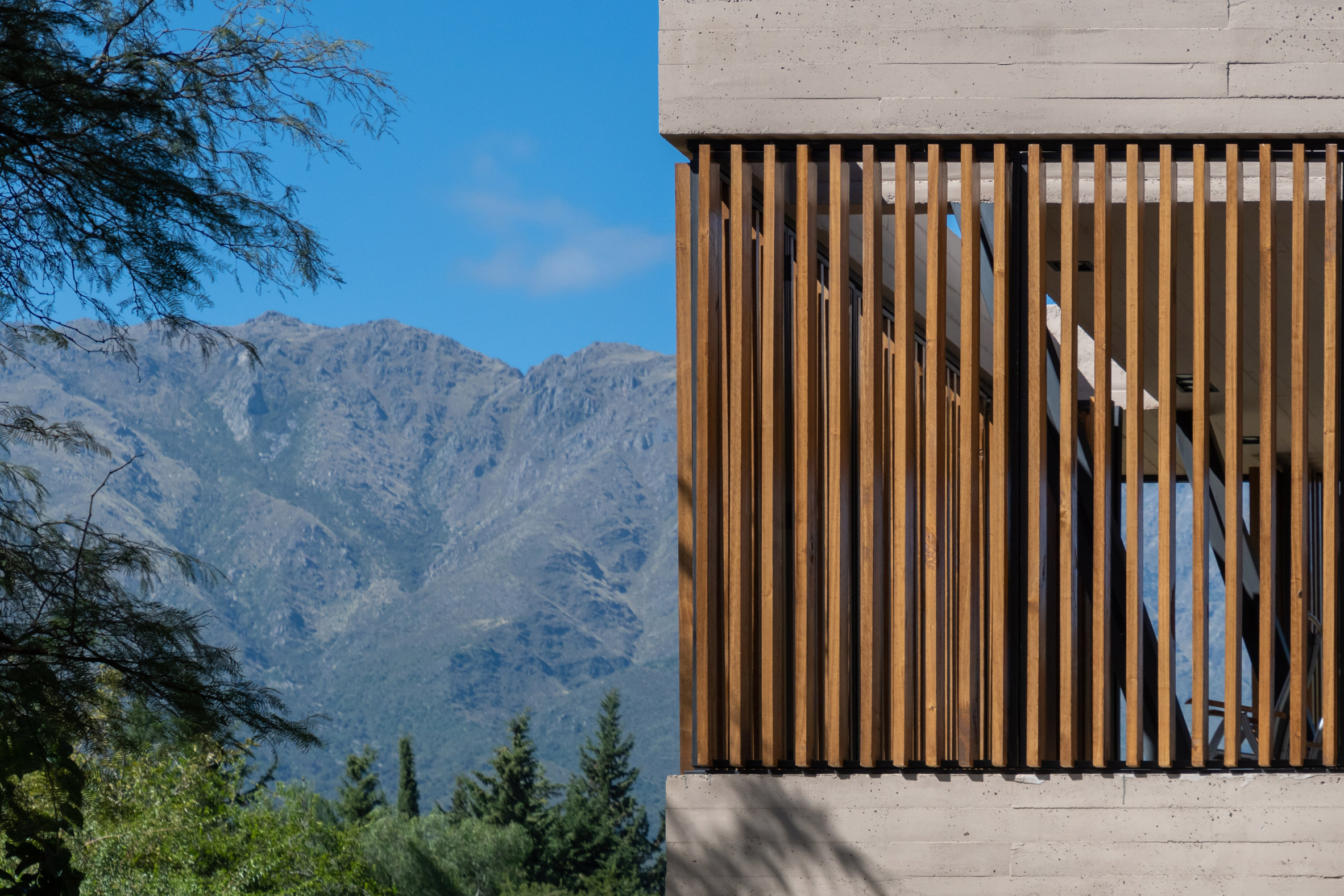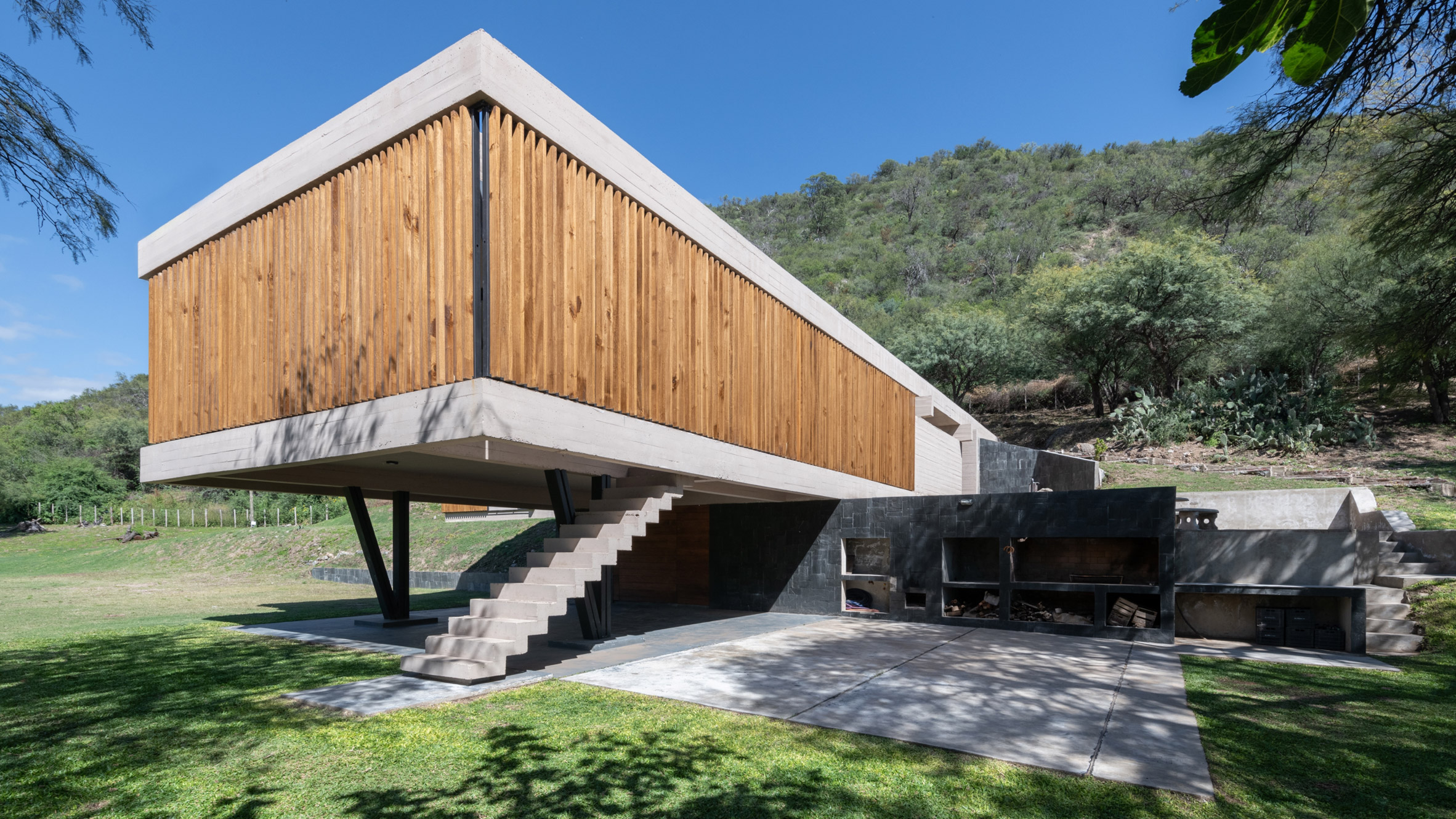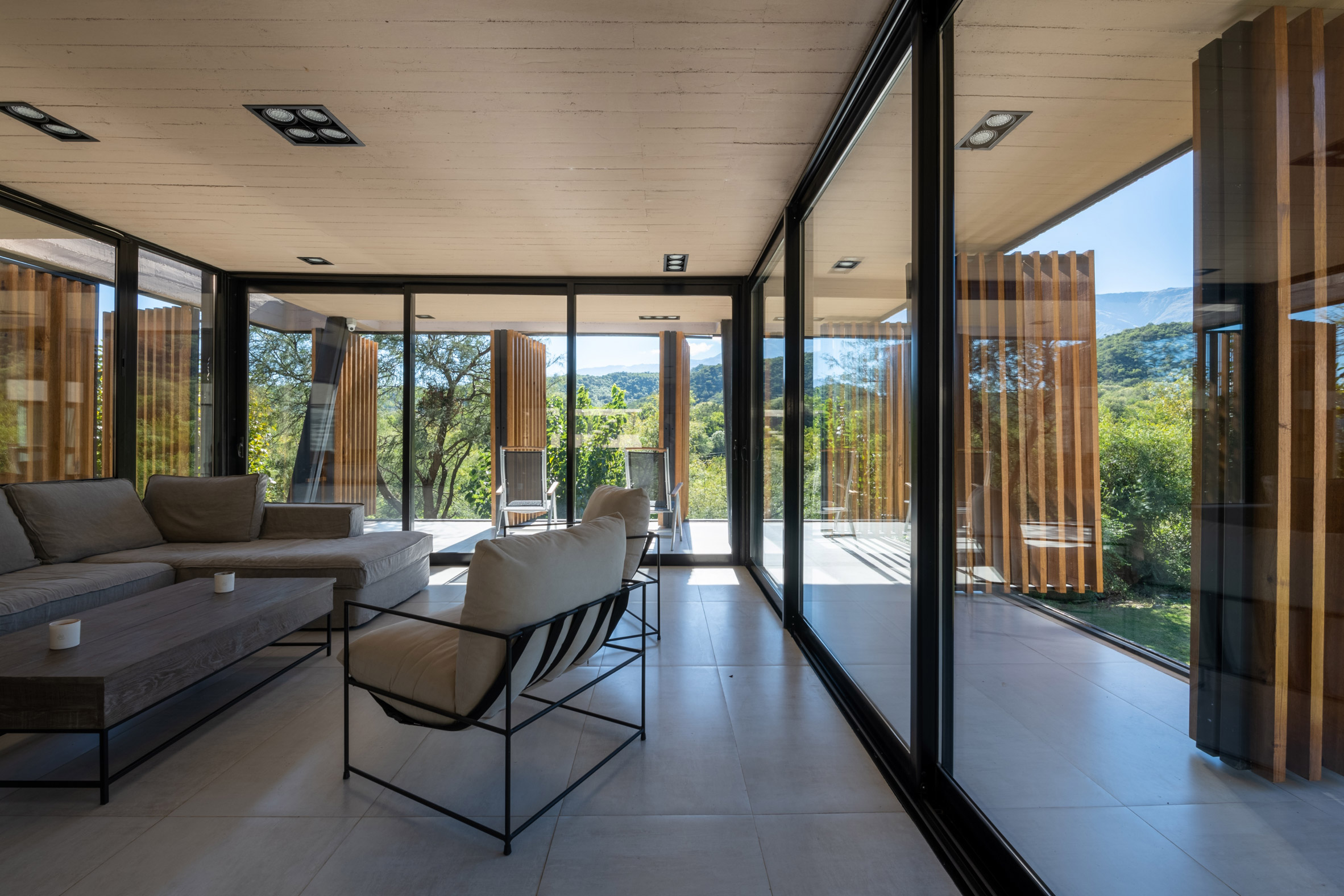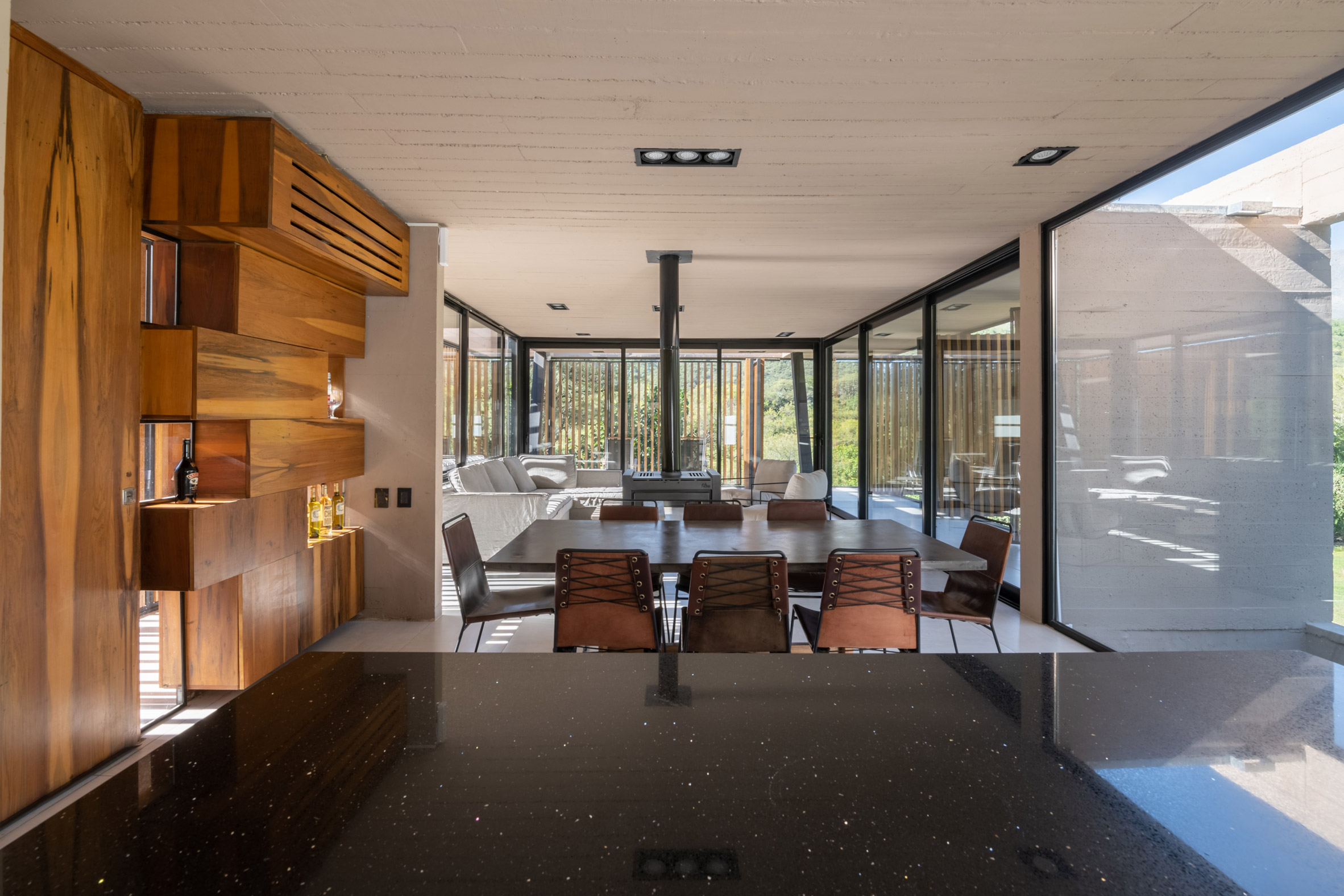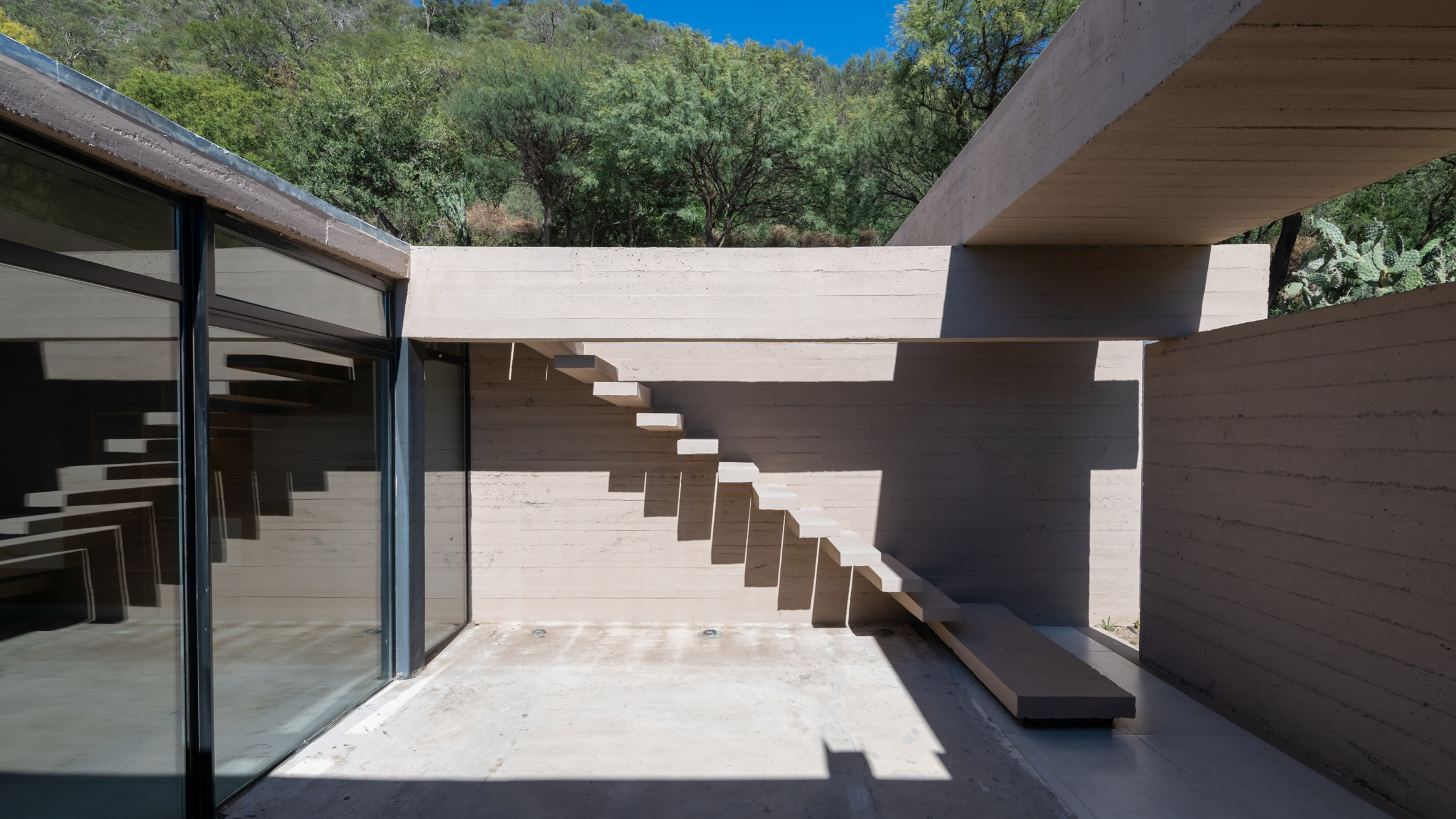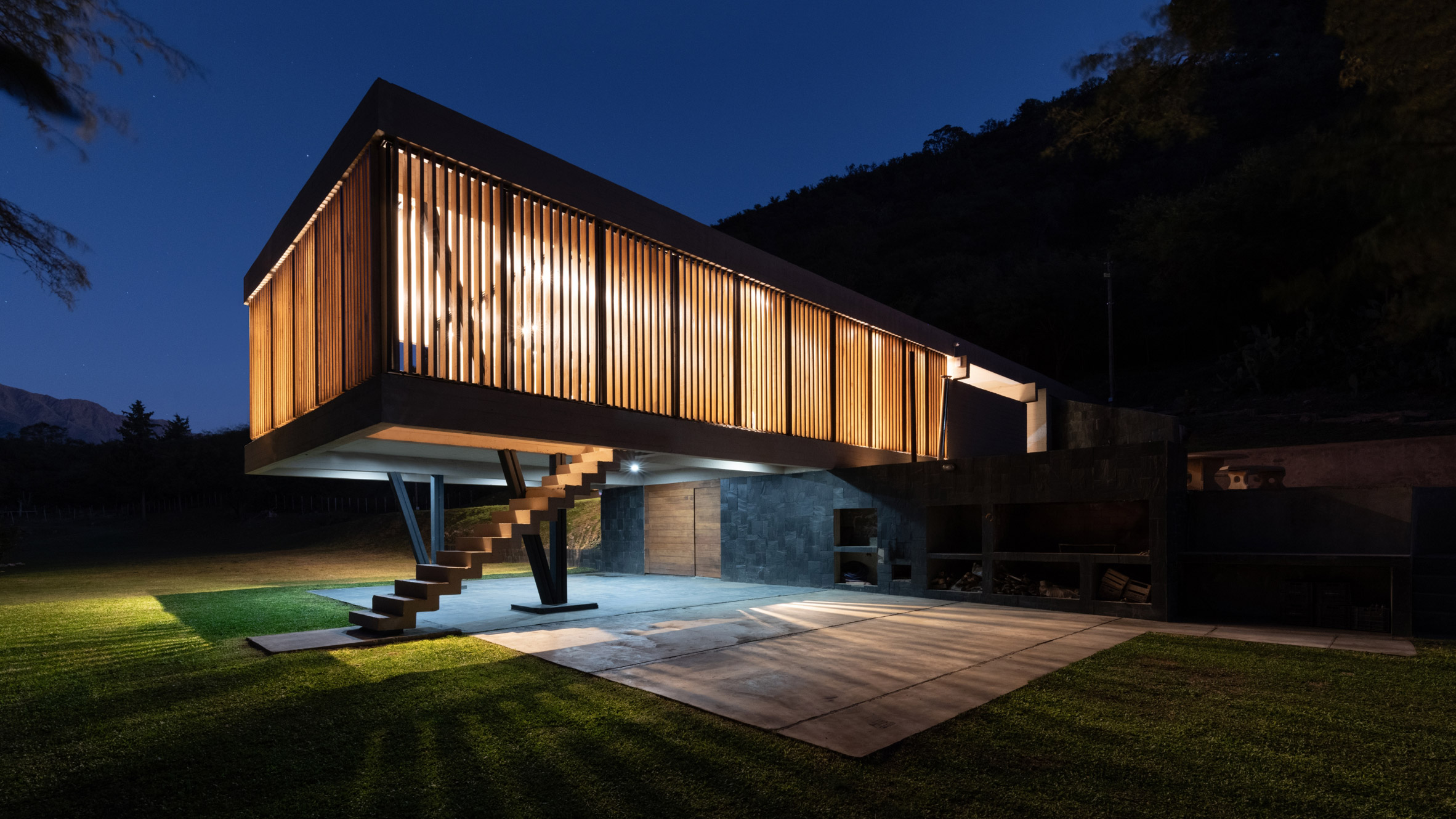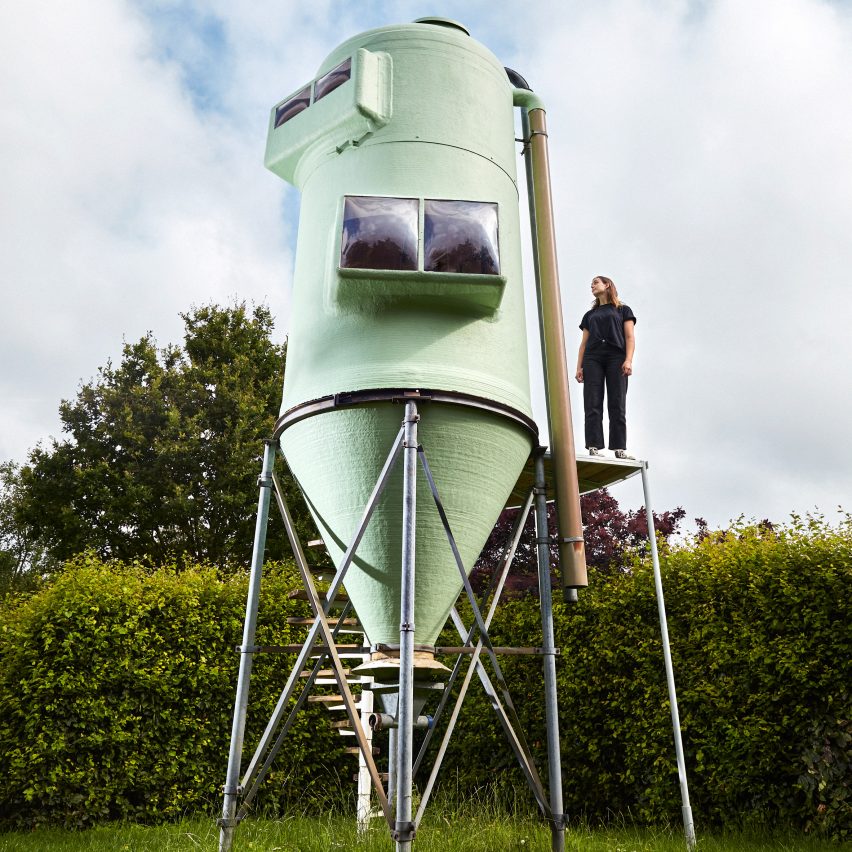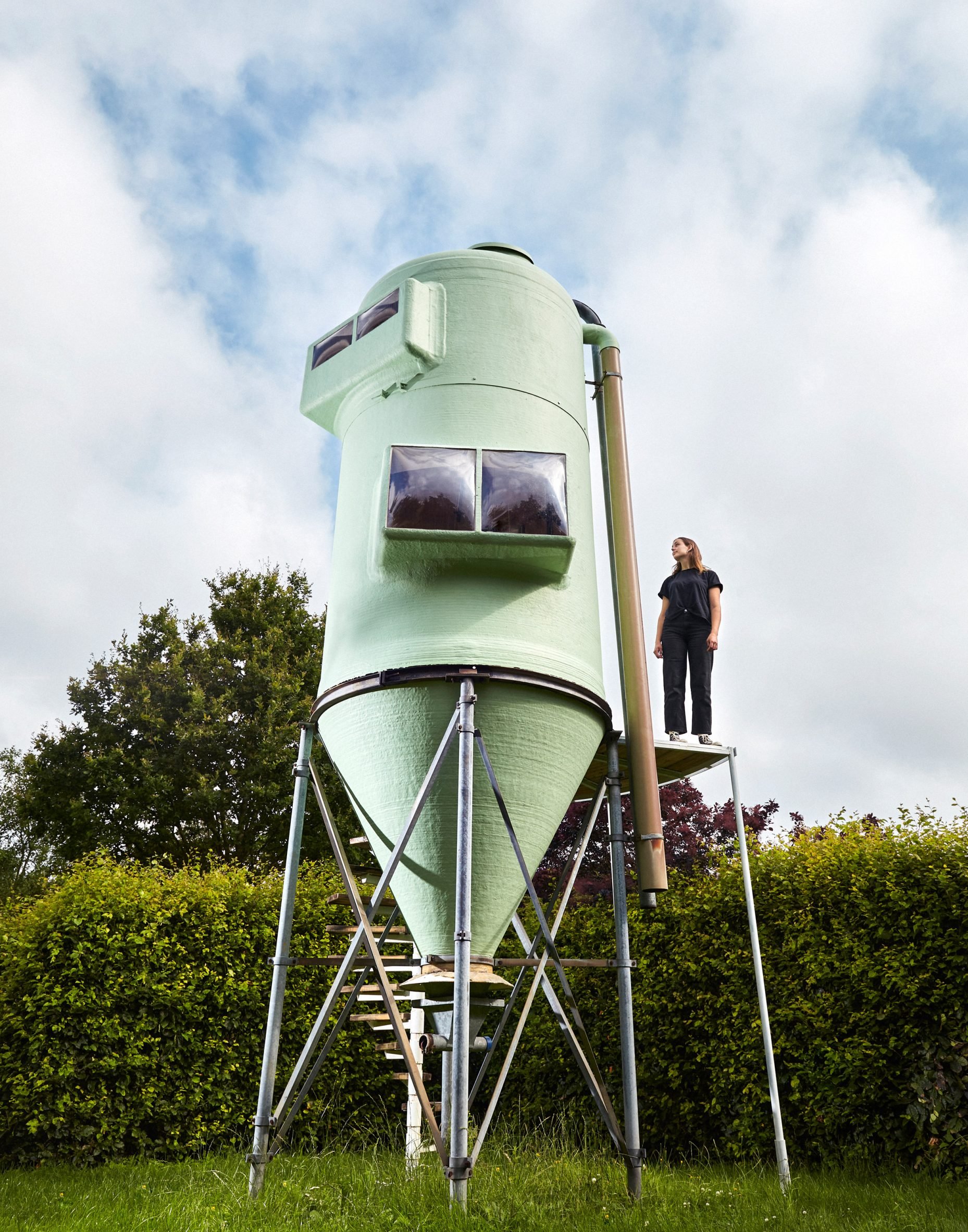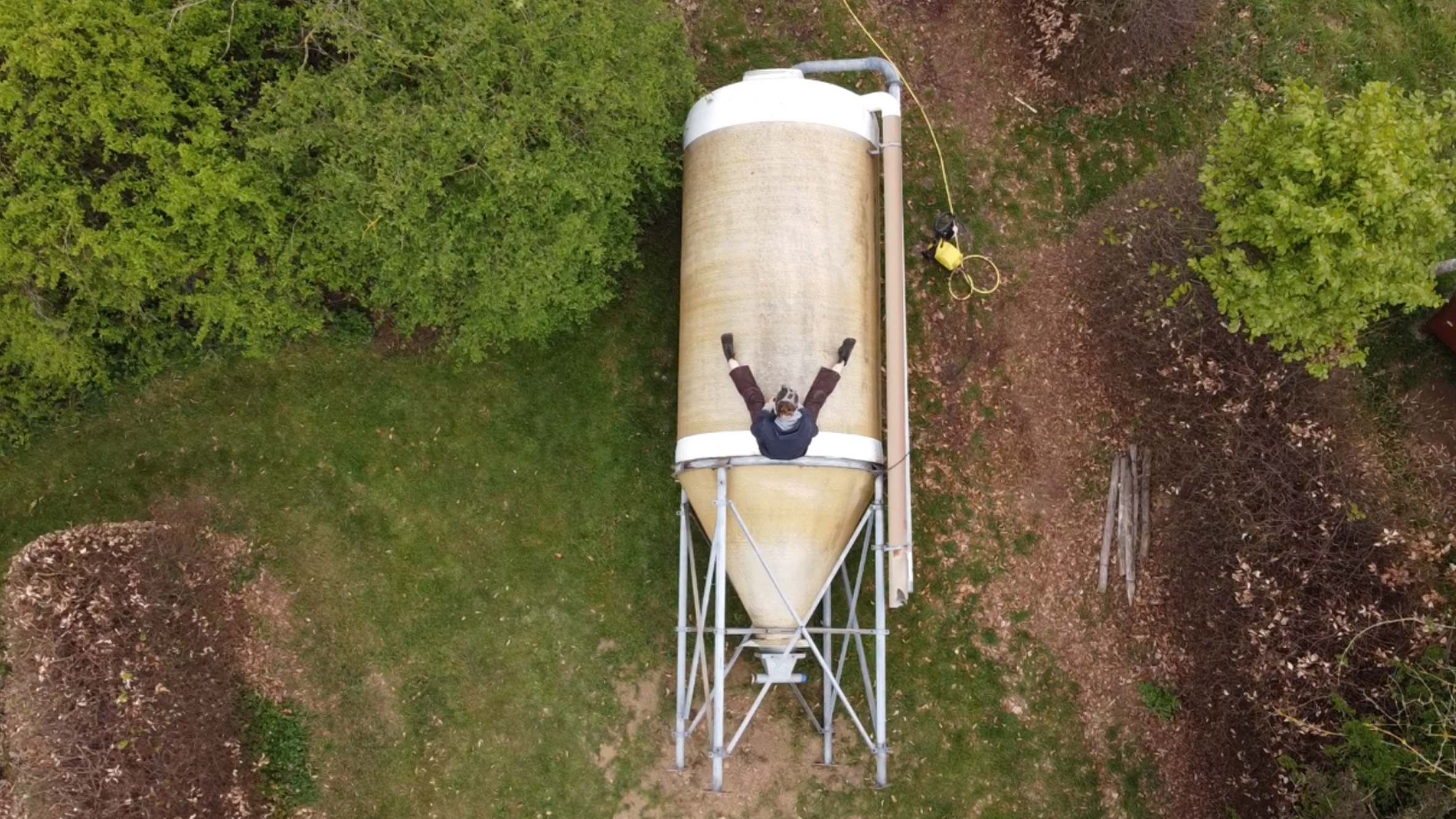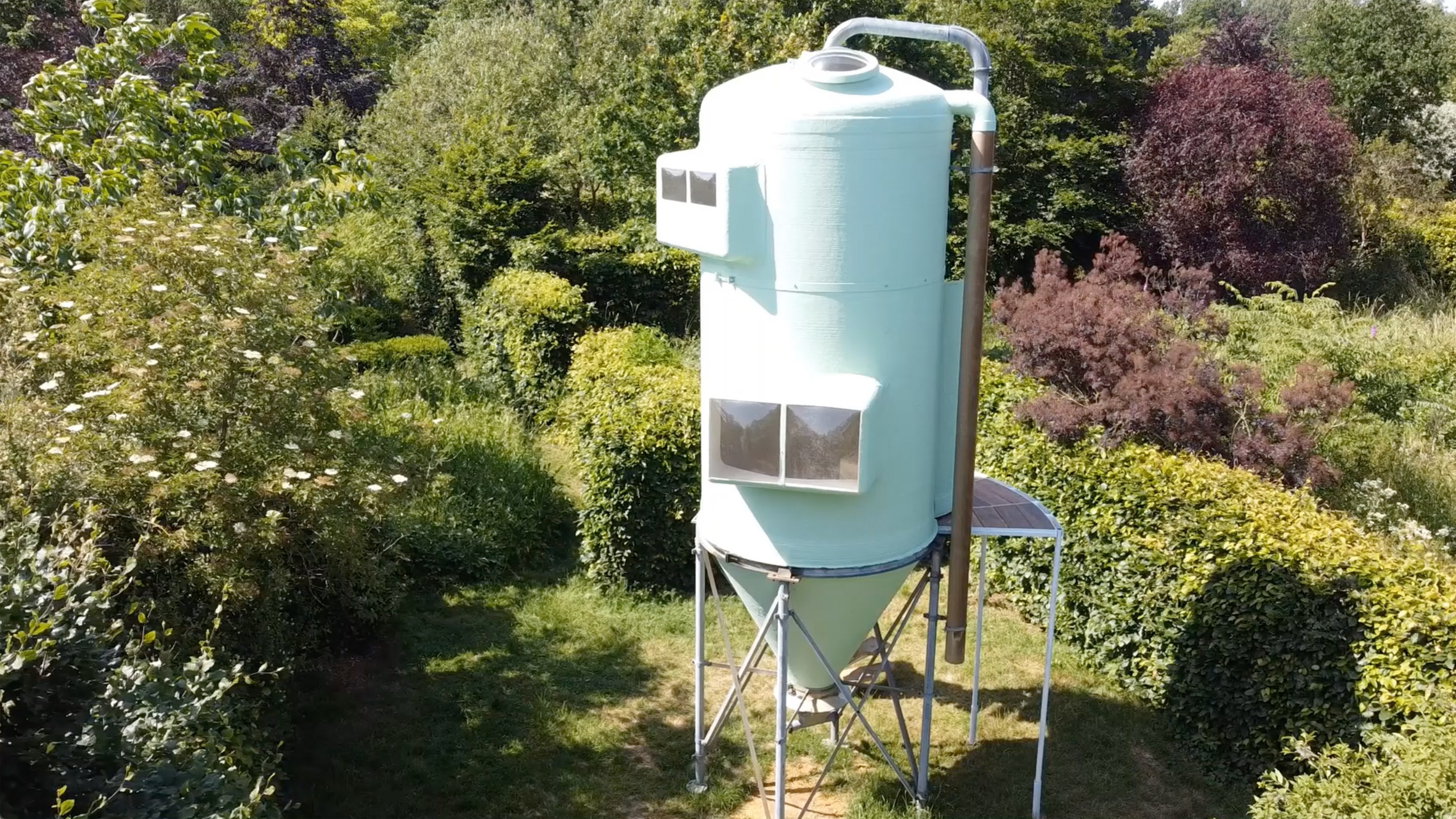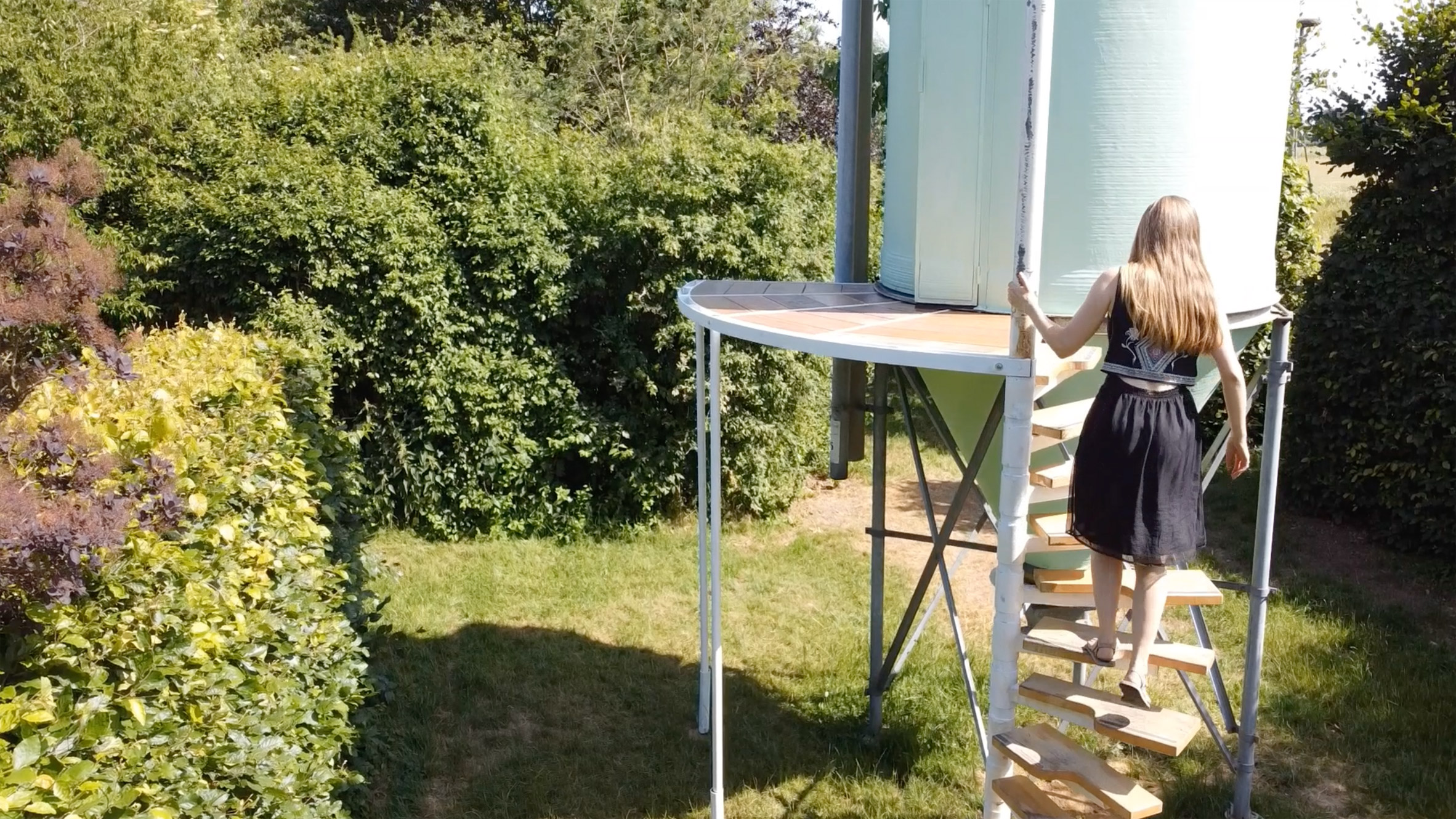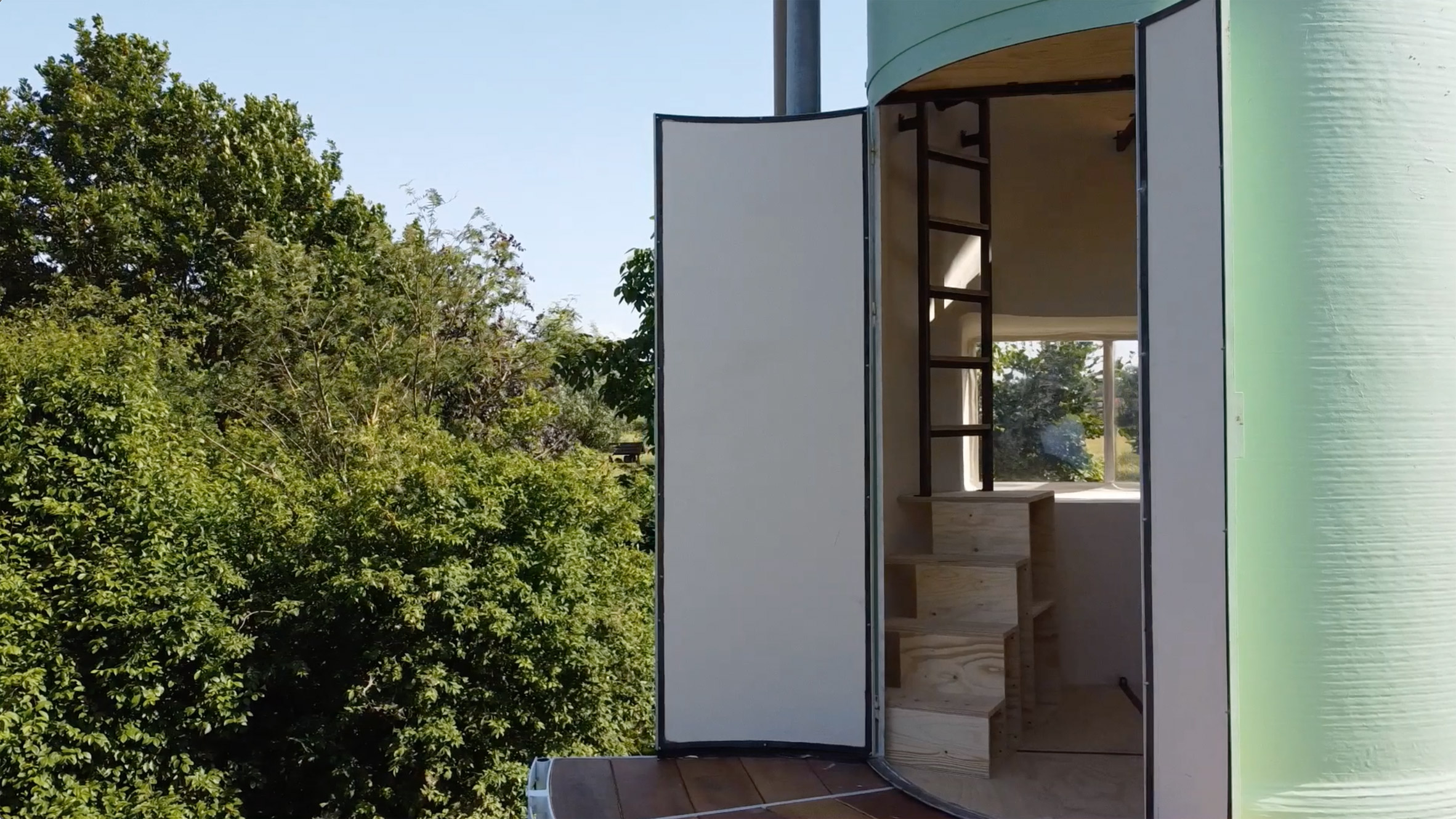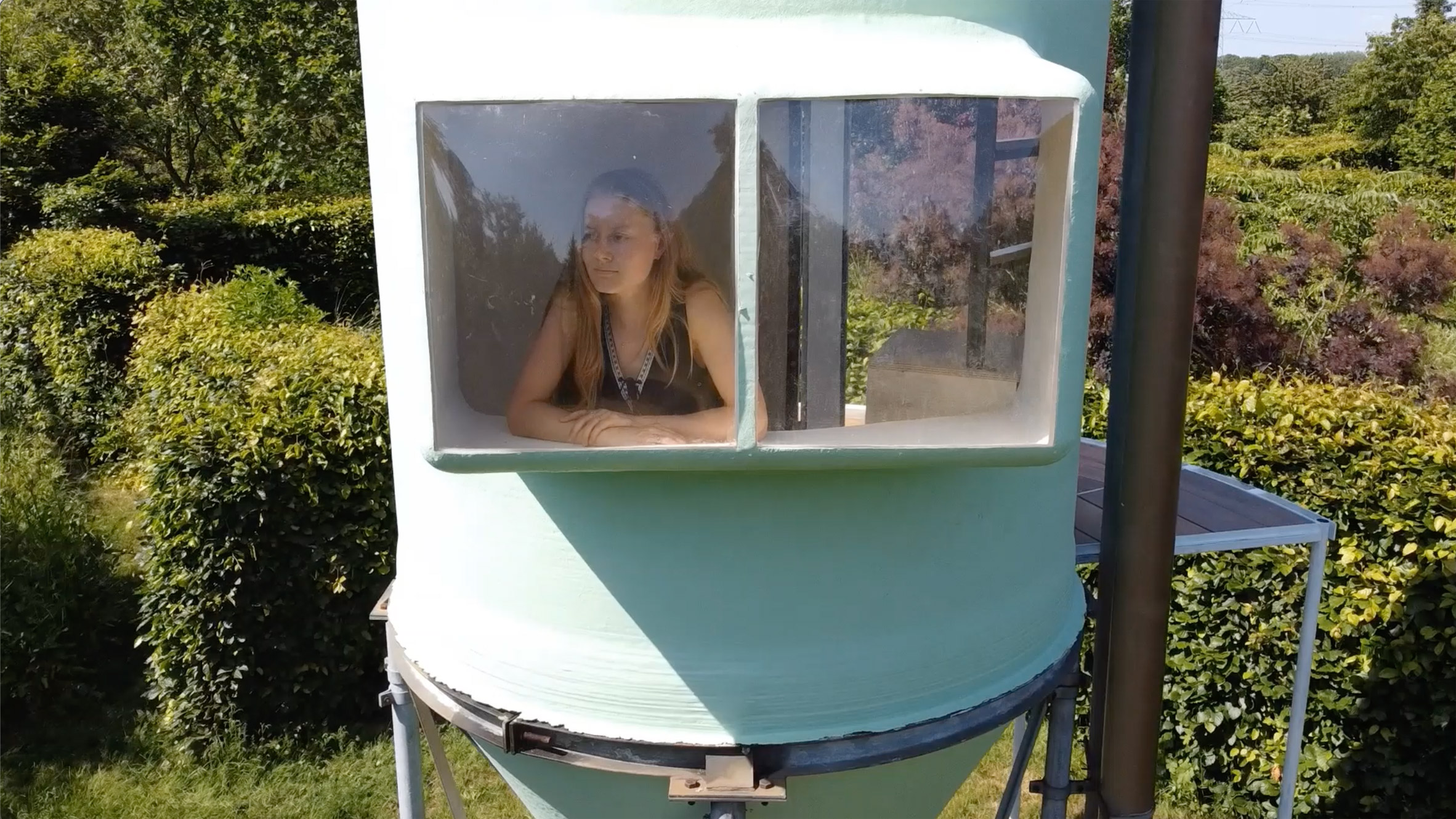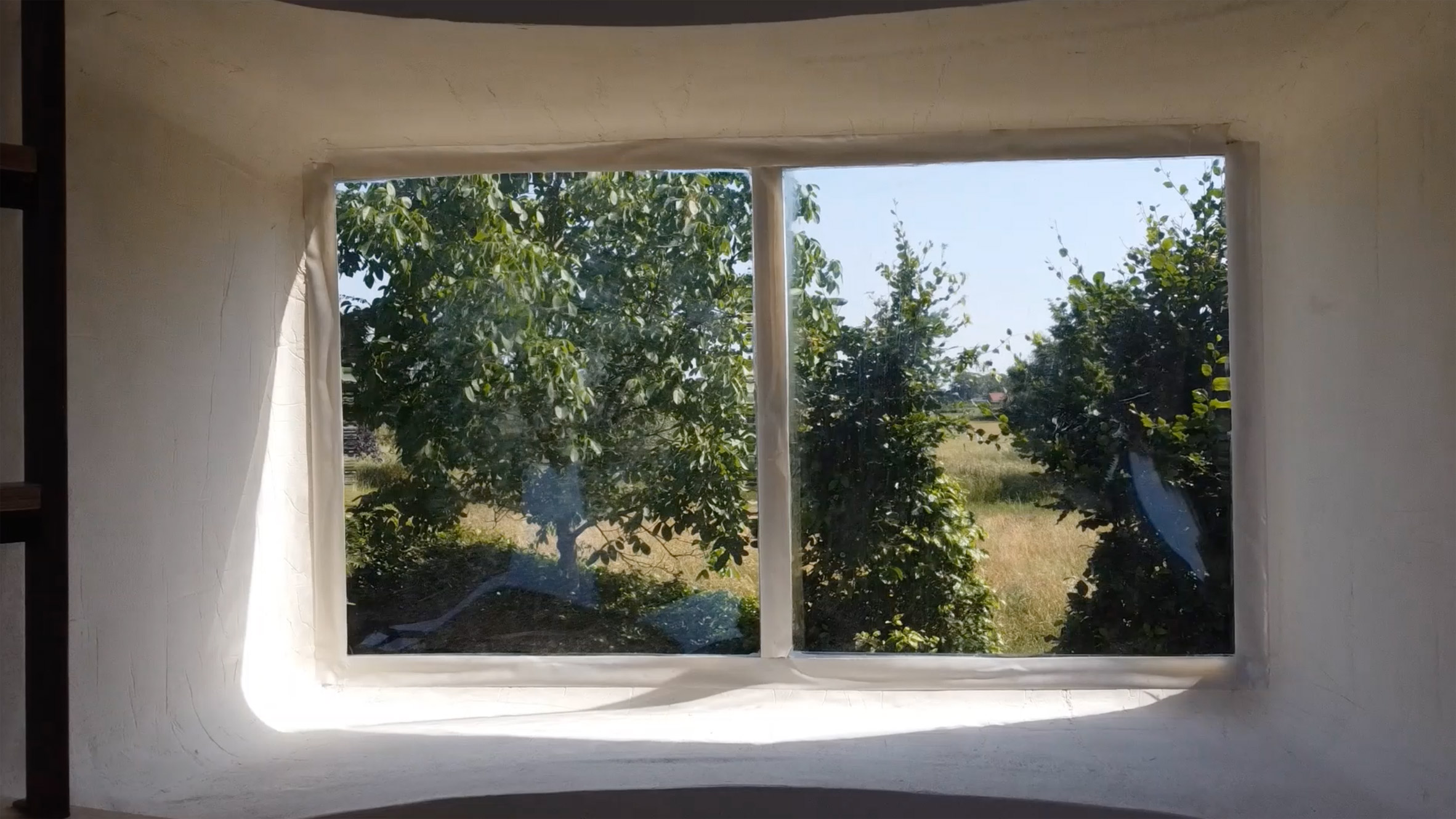
A flying car capable of converting from a road to an air vehicle has been granted an airworthiness certification in Slovakia, as its makers eye mass manufacturing.
The Slovak Transport Authority awarded the AirCar by Klein Vision a Certificate of Airworthiness earlier this week, after the vehicle completed more than 70 hours of successful flight testing.
The AirCar is a dual-mode vehicle with a petrol engine that can convert from a car to an aircraft at the push of a button.

In its testing it has performed steep 45 degree turns, reached maximum speeds of 190 kilometres per hour and flown a 35-minute inter-city journey between airports in Nitra and Bratislava.
Slovak company Klein Vision said its flight testing was in line with European Aviation Safety Agency (EASA) standards, and that the certification aids its plans to introduce a version of the AirCar onto the market for commercial travel.
"AirCar certification opens the door for mass production of very efficient flying cars," said Klein Vision founder and CEO Stefan Klein. "It is official and the final confirmation of our ability to change mid-distance travel forever."

A representative of the Transport Authority of Slovakia, Civil Aviation Division director René Molnár, described the AirCar as defining "a new category of a sports car and a reliable aircraft".
"Its certification was both a challenging and fascinating task," said Molnár.
Klein Vision flew a 1,000-kilogram two-seat prototype with a fixed propeller and a 1.6-litre BMW engine for the airworthiness certification. It has wings and a tail that deploy and retract on demand.

The company is now working on a production model, which will be equipped with an ADEPT Airmotive engine and a variable pitch propeller.
Klein Vision says it will be capable of speeds of 300 kilometres an hour and have a range of 1,000 kilometres. It expects it to be certified in 12 months.
Unlike many of its competitors in the urban air mobility space, it does not have an electric engine or vertical take-off and landing – technologies known as EVTOL.
It would need to takeoff and land at conventional airstrips and could not use helipads or ports.

Among the companies developing vehicles in the EVTOL space is Hyundai, whose European chief executive has said he expects flying cars to be in cities by 2030.
Other companies at the forefront in this space include Lilium, which has said that its seven-seater Lilium Jet is "on the path to certification" with the EASA and its US equivalent, the Federal Aviation Administration.
American company Kitty Hawk has previously been granted airworthiness approval by the US Air Force in order to conduct flight testing under its auspices, and is now working on a commercial air taxi model.
The photography is courtesy of Klein Vision.
The post Transformable flying AirCar awarded airworthiness certificate appeared first on Dezeen.
from Dezeen https://ift.tt/gyrsCNtqm
